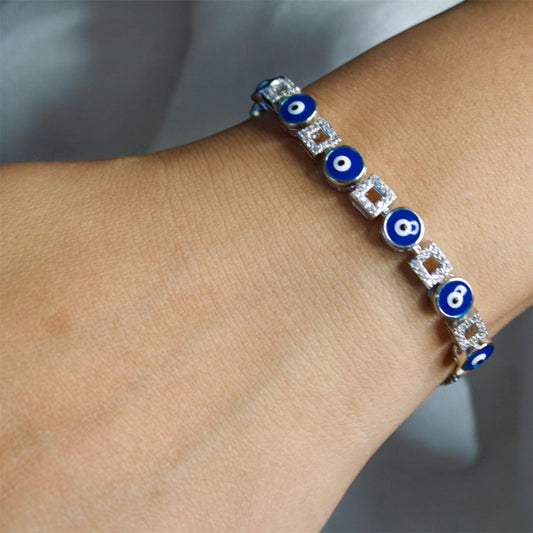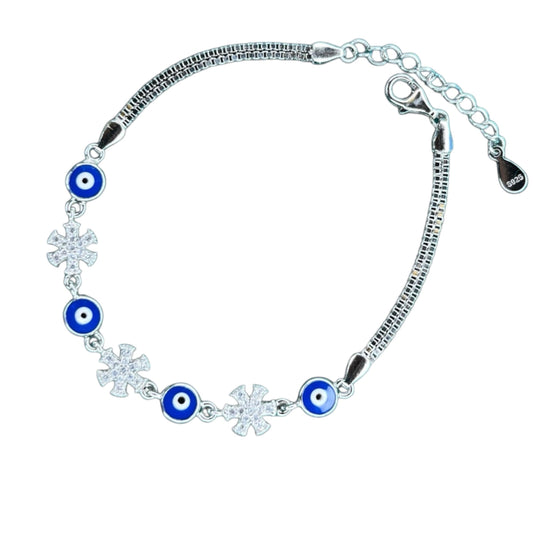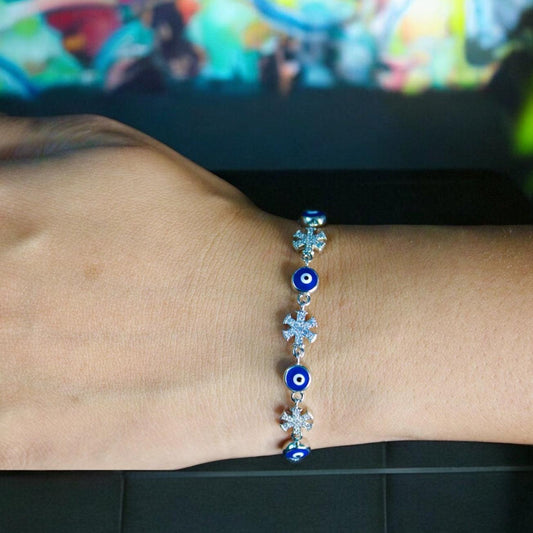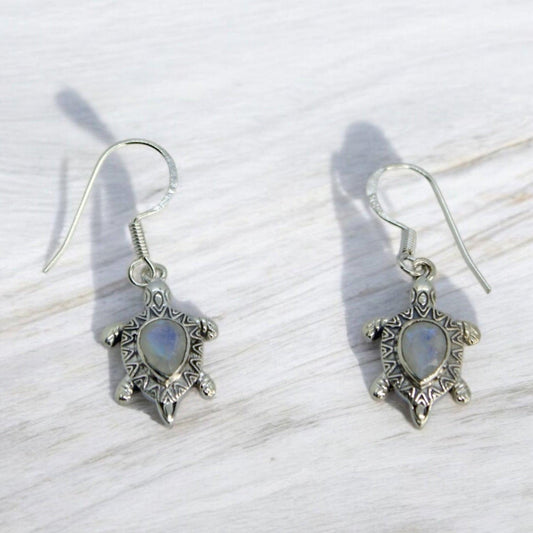The Hidden Glitter: Unmasking the Issues in India's Jewellery Industry
Share
India's jewellery industry is one of the largest in the world—celebrated for its heritage, craftsmanship, and emotional value. But beneath the glittering surface lies a darker reality that often goes unnoticed. From exploitative labor practices to environmental degradation, the industry faces serious ethical and sustainability challenges. At Shineers, we believe that it’s time to talk about it.
- Child Labour: The Silent Workforce Behind the Sparkle
Despite laws and international pressure, child labor remains prevalent in parts of the Indian jewellery supply chain. Many children are employed in unorganized workshops, polishing stones or working with hazardous chemicals, often for meagre pay and no education.
According to reports, children as young as 8 are involved in tasks that affect their physical and mental well-being.
Lack of regulation and cheap labor demand fuels this cycle.
Why it matters: Ethical fashion begins with acknowledging the people behind the product. No child should have to suffer for luxury.
- Rise of Machine-Made Jewellery: Losing the Human Touch
The growing dominance of machine-made jewellery has led to:
Job loss for artisans who rely on traditional skills passed down through generations.
A shift toward *mass production over mindful creation*, impacting quality and cultural identity.
Increased energy consumption and industrial waste due to mechanized processes.
Why it matters: Machine-made jewellery may be cheaper and faster to produce, but it comes at the cost of India’s artisan legacy.
- Greenwashing: When Sustainability Becomes a Sales Tactic
In the age of conscious consumerism, many brands market themselves as "eco-friendly" without real transparency.
Terms like "sustainable", "ethical", or "natural materials" are often used with no accountability.
Some brands promote recycled metals or eco packaging but *ignore unethical sourcing or unfair labor*.
Why it matters: Consumers deserve honesty. Greenwashing dilutes the impact of genuine efforts and misleads well-meaning buyers.
- Environmental Damage: A Cost We Can’t Afford
The conventional jewellery industry contributes to:
Land and water pollution from mining.
Carbon emissions from mass production and chemical use.
Waste generation through plastic packaging and synthetic materials.
Precious stones and metals come at a *huge ecological cost*, especially when sourced irresponsibly.
Conclusion: Time for Conscious Jewellery
It’s time to shift the narrative from profit and perfection to purpose and progress. Recognizing the issues is the first step toward change. As consumers, we hold power in our choices—and at Shineers, we believe jewellery should shine without shadows.











